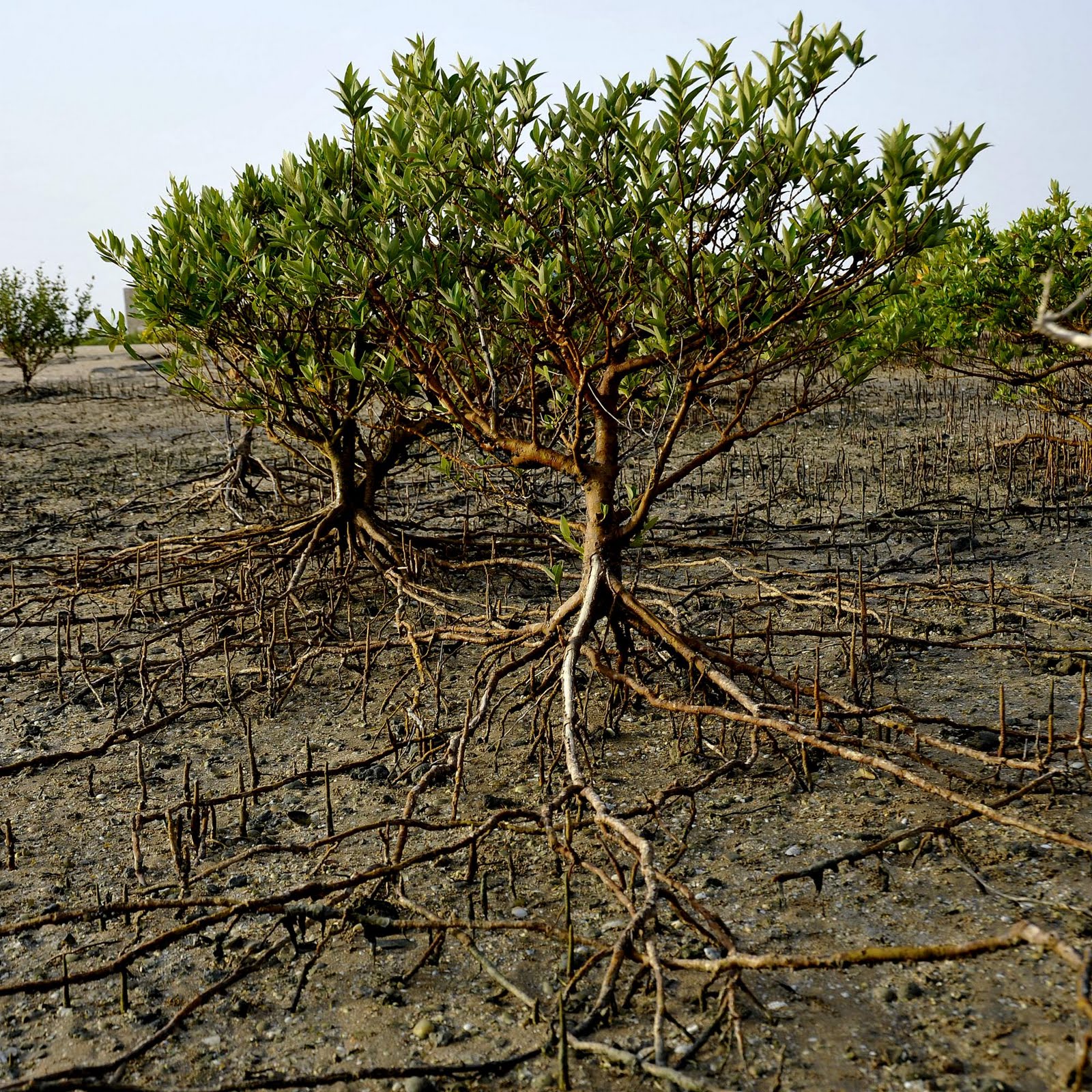Climate records have tumbled in 2023.
There have been historically high sea temperatures, worrying lows in Antarctic sea-ice, and extreme weather events hitting every continent – the latest being an “unbearable” heatwave in Brazil.
It’s now “virtually certain” that 2023 will be the hottest year on record. That’s something that no major climate science body expected at the start of the year.

By Matt McGrath & Mark Poynting
Scientists have long known that temperatures will continue to rise as humans keep releasing record amounts of planet-heating greenhouse gases like carbon dioxide, mainly through burning fossil fuels. This is the main cause of global warming.
While they are struggling to fully explain 2023’s “gobsmacking” surge in temperatures, here are four additional reasons that could be behind the increases.
- A really simple guide to climate change
A ‘weird’ El Niño
One key factor is the unusually rapid onset of a natural weather system known as El Niño.
During an El Niño, warmer surface waters in the eastern Pacific release additional heat into the atmosphere. This typically leads to a surge in global air temperatures.
The graph below shows how a new El Niño is strengthening. It has not yet reached the peak of the last major one in 2016, as you can see, but is expected to intensify in the coming months.
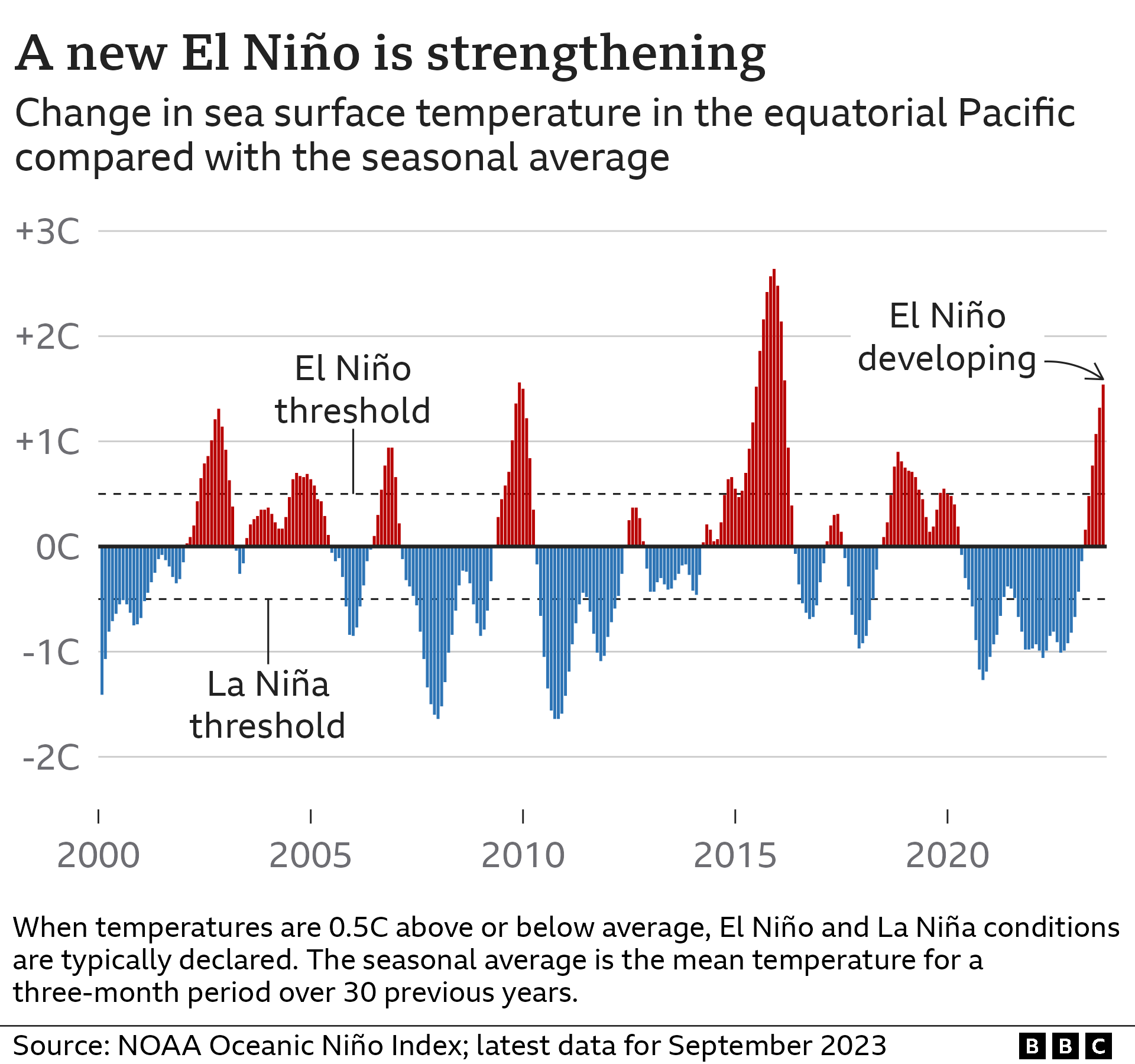
The ongoing 2023 El Niño may be releasing even more warmth than previous ones, because the world had previously been in an extended cool phase – an opposite weather system known as La Niña.
This kept a lid on global temperatures for an unusually long period, as warmth was less able to escape from the sea surface into the atmosphere.
During this time, the oceans continued to absorb record amounts of heat, some of which is now finally being released into the atmosphere.
- What is El Niño, and how does it affect the weather?
Normally, scientists expect a delay of around three months between maximum El Niño strength and global air temperatures peaking, explains Zeke Hausfather, a climate scientist at Berkeley Earth, a science organisation in the US.

But air temperatures have risen much more quickly during this El Niño than with previous ones, and it’s not even reached full strength yet.
As Dr Hausfather puts it, “this El Niño is weird.”
Cutting aerosols
Cutting some air pollutants – aimed at cleaning the air that humans breathe – may actually be having an unintended consequence for warming.That’s because some small airborne particles known as aerosols, like sulphate or dust, tend to reflect some of the Sun’s energy back into space. Generally, this cools the Earth’s surface.
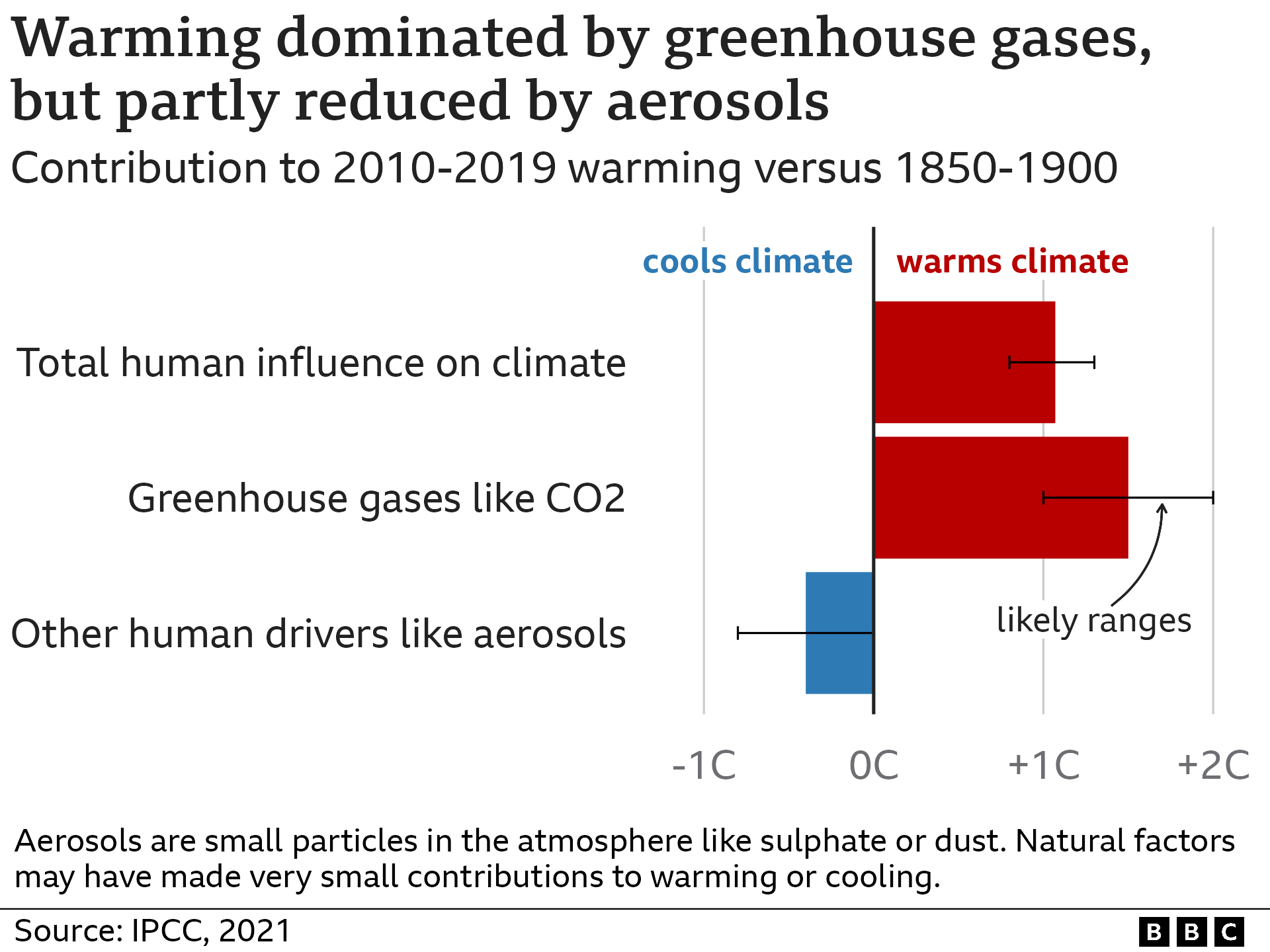
Regulations introduced in 2020 to encourage cleaner shipping fuels have reduced global emissions of sulphur dioxide (SO2), a harmful air pollutant for humans to breathe, by an estimated 10%.
But this appears to have raised temperatures, especially in shipping hotspots like the North Atlantic.
“We saw quite rapidly from the satellite data that less sunlight was being reflected and more sunlight was being absorbed by the oceans,” explains Leon Simons, a climate researcher at the Club of Rome group.
Not all scientists agree on how important aerosols are for explaining 2023’s records.
“It’s hard to make the case that the [new shipping fuel] regulation in 2020 would create a sudden jump in 2023 that we didn’t see in 2022,” Dr Hausfather argues.
A large volcanic eruption
In January 2022, there was a huge eruption of the underwater Hunga Tonga-Hunga Ha’apai volcano. The eruption plume reached an “unheard-of” 55km (35 miles) above the Earth’s surface and triggered record underwater debris flows.
Importantly for the climate, it also released around 150 million tonnes of water vapour into the stratosphere. Water vapour is a greenhouse gas, like carbon dioxide, so may have added to warming.
Studies so far suggest the eruption may have only had a limited effect on global air temperatures, perhaps less than 0.05C. But scientists are still working to establish its full impact.
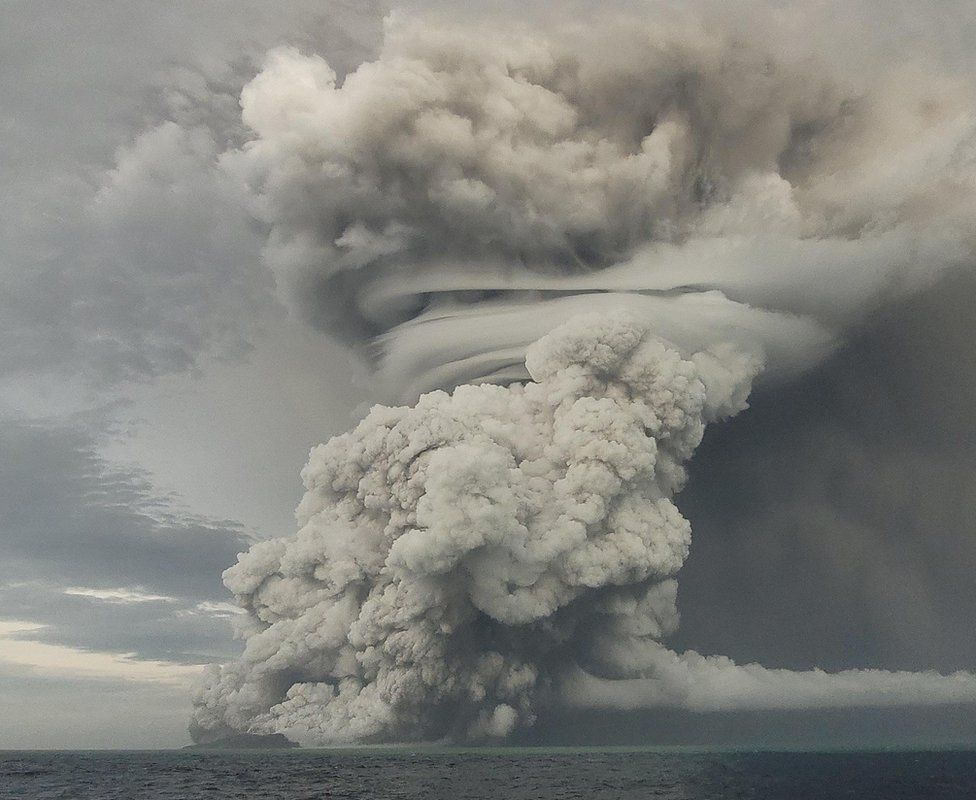
An Antarctic ‘radiator’?
The sea-ice surrounding Antarctica is well below any previous recorded winter level, satellite data showed in September.
Arctic sea-ice has long been in decline, but until 2017 Antarctic sea-ice had largely defied predictions and remained relatively stable. This could now be changing, with consequences for global temperatures.
Fewer areas of bright, reflective ice mean more of the Sun’s energy is absorbed by the darker ocean surface. In turn, this accelerates warming.
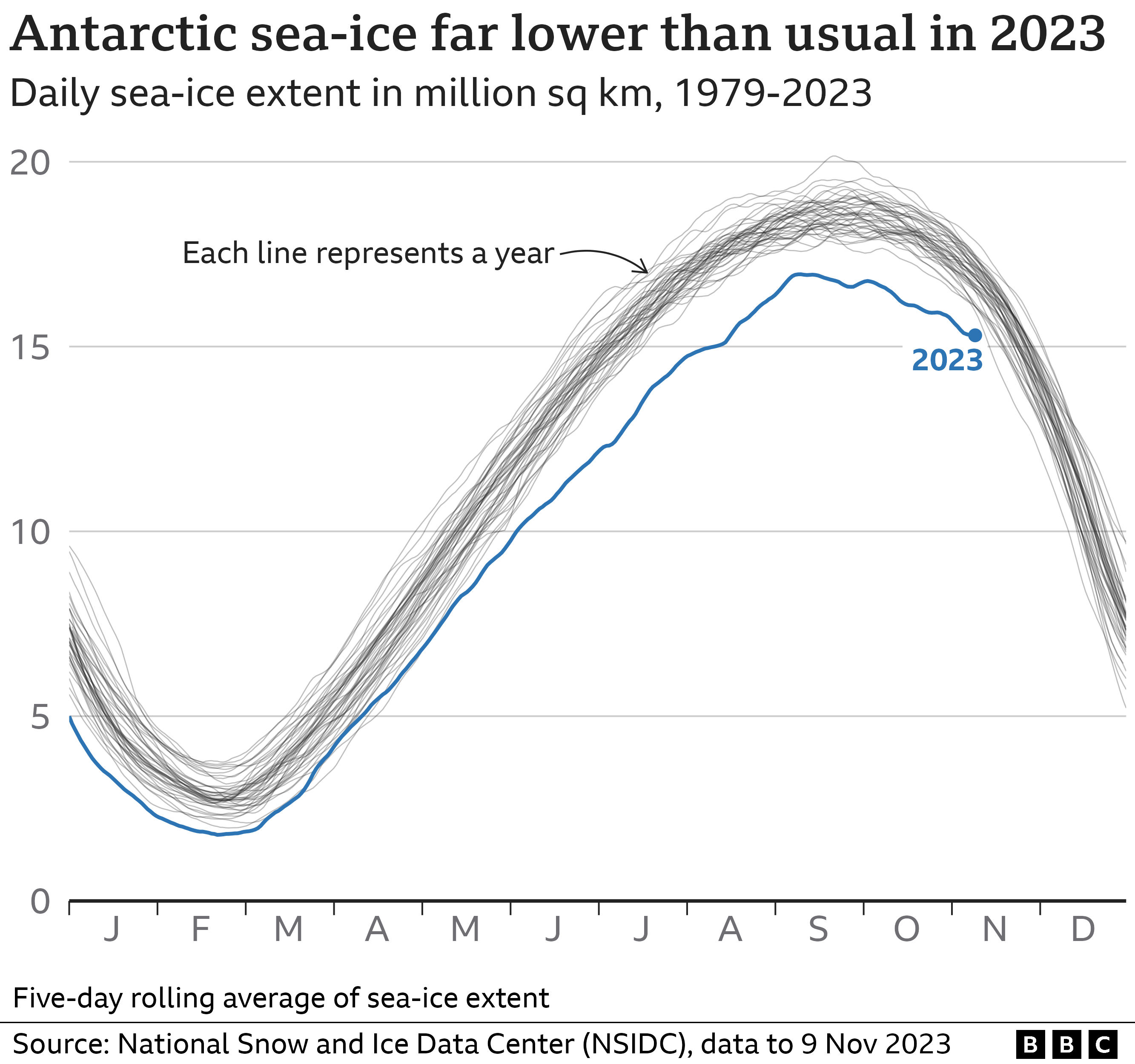
“The concern is that the Antarctic has started to operate like the Arctic,” working “like a radiator rather than a refrigerant” notes Martin Siegert, from the Grantham Institute for Climate Change.
It is unclear whether the Antarctic changes are a contributor to 2023 warmth, or a consequence.
But it indicates how warming could speed up in future, Prof Siegert says.
So is the world warming faster than expected?
While the rate of warming seems to have sped up in recent decades, this has not yet consistently exceeded the range of possible temperatures that scientists expected from climate models.
This provides some reassurance that the world hasn’t yet tipped into a new phase of runaway climate change.
However, a group of leading climate scientists recently warned that the climate may change more quickly than expected in the future.
They suggest that the climate is yet to fully respond to the greenhouse gases already emitted. One reason could be the artificial cooling effect of aerosols. This leaves more warming “in the pipeline” than previously thought, they argue.
Not all scientists agree with this view, but the devastating climate impacts currently being experienced highlight the challenges the world is already facing.
Ahead of the crucial COP28 climate summit, this “should really spur action to accelerate the phase out of fossil fuels,” explains Lili Fuhr from the Centre for International Environmental Law.
“It doesn’t have to be worse than we expected to be a huge problem that society urgently needs to deal with,” says Dr Hausfather.
“Climate change is as bad as we expected. And that’s bad enough.”
Graphics by Mark Poynting and Erwan Rivault.

